#robert the bruce
Text
165 notes
·
View notes
Text

Encounter between Robert the Bruce and Sir Henry de Bohun
by John Ambrose de Walton
Illustration from 'British Battles on Land and Sea' by Sir Evelyn Wood first published 1915
#robert the bruce#sir henry de bohun#single combat#combat#art#ambrose de walton#duel#duelling#medieval#middle ages#england#scotland#english#scottish#history#knights#knight#lance#axe#europe#battle of bannockburn#evelyn wood#british battles on land and sea#sir evelyn wood#great britain#britain#british#battle#war#john ambrose de walton
281 notes
·
View notes
Text
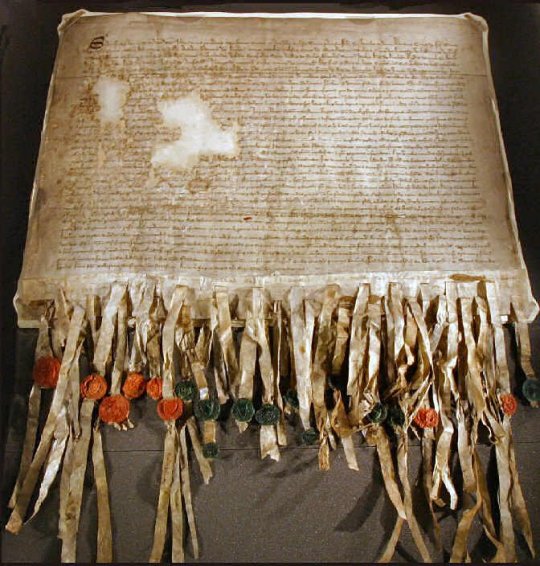
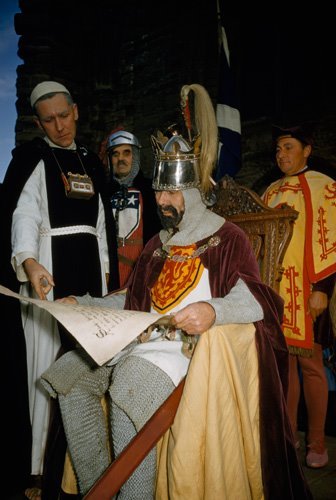

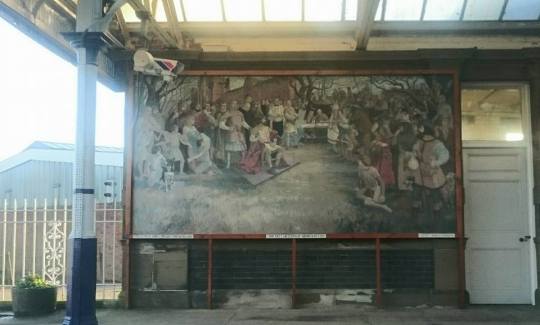
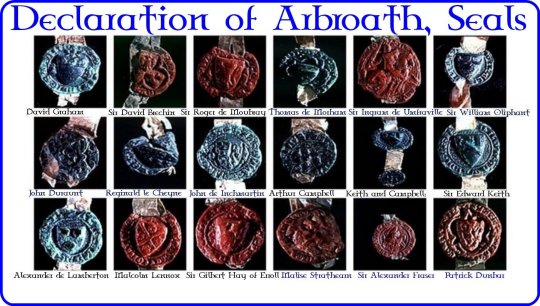
On April 6th 1320, the Declaration of Arbroath was drawn up by the monks of Arbroath Abbey.
Fifty-one Scottish magnates and nobles issued a declaration of Scottish independence in the form of a letter to Pope John XXII. This effort was designed to establish Scotland as an independent kingdom no longer under English rule.
The Declaration of Arbroath is without doubt the most famous document in Scottish history. Like the American Declaration of Independence, which is partially based on it, it is seen by many as the founding document of the Scottish nation.
It was most likely drafted in the scriptorium of Arbroath Abbey by Abbot Bernard on behalf of the nobles and barons of Scotland. It was one of three letters sent to the Pope in Avignon, the other two being from King Robert Bruce himself and from four Scottish bishops, attempting to abate papal hostility. The document received the seals of several Scottish barons and it then was taken to the papal court at Avignon in France by Sir Adam Gordon.
There is considerable debate over the Declaration’s significance. For some it is simply a diplomatic document; while others see it as a radical movement in western constitutional thought.
It could be viewed as a cunning diplomatic ploy by the Scottish barons to explain and justify why they were still fighting their neighbours when all Christian princes were supposed to be united in crusade against the Muslims. All this, just at the point when they were about to retake Berwick: Scotland’s most prosperous medieval town. As an explanation, it failed to convince the pope to lift his sentence of excommunication on Scotland.
Others analyse what the Declaration of Arbroath actually says. The Scots clergy had produced not only one of the most eloquent expressions of nationhood, but the first expression of the idea of a contractual monarchy. Here is the critical passage in question:
‘Yet if he (Bruce) should give up what he has begun, and agree to make us or our kingdom subject to the King of England or the English, we should exert ourselves at once to drive him out as our enemy and a subverter of his own rights and ours, and make some other man who was well able to defend us our King; for, as long as but a hundred of us remain alive, never will we on any conditions be brought under English rule. It is in truth not for glory, nor riches, nor honours that we are fighting, but for freedom - for that alone, which no honest man gives up but with life itself.’
The threat to drive Bruce out if he ever sold Scotland to English rule was a fantastic bluff. There was nobody else to take his place. The point is that the nobles and clergy are not basing their argument to the pope on the traditional notion of the Divine Rights of Kings. Bruce is King first and foremost because the nation chose him, not God, and the nation would just as easily choose another if they were betrayed by the King. The explanation also neatly covers the fact that Bruce had usurped John Balliol’s rightful kingship in the first place.
In spite of all possible motivations for its creation, the Declaration of Arbroath, under the extraordinary circumstances of the Wars of Independence, was a prototype of contractual kingship in Europe.
The pics are the document itself, a re-enactment of the signing from 1957, the statue in Arbroath, a mural at Arbroath train station and a pic I collated of the seals on the document.
27 notes
·
View notes
Text
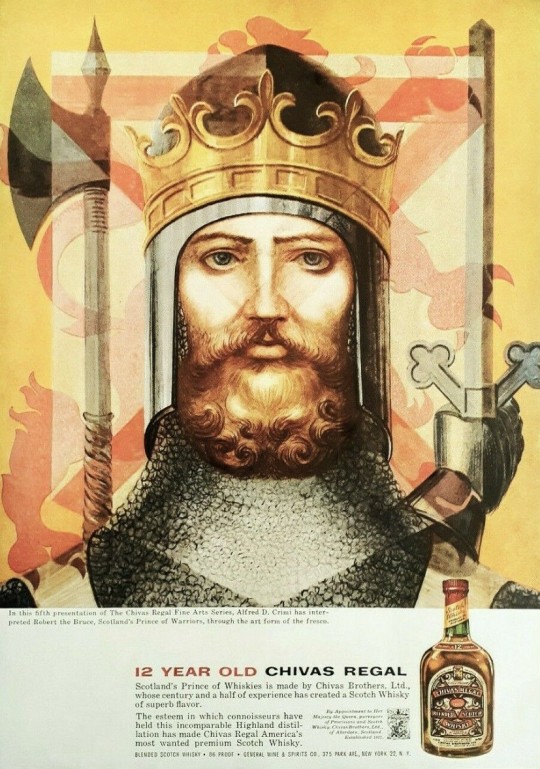
Chivas Regal Scotch whisky advertisement featuring an illustration of Robert the Bruce (1960).
#vintage advertisement#1960s#chivas regal#robert the bruce#scotland#scotch whisky#whisky#alcohol#drinking#usa
59 notes
·
View notes
Text
You know how people write bojere crack fics inspired by the 9/11 fic, but about events in the own countries history? Well I was thinking about events in scottish history and what ones could potentially make a terrible romantic tragedy.
I thought about writing one where Jere is William Wallace and Bojan is Robert the Bruce, but then I thought “wait, is that technically also William Wallace x Robert the Bruce fanfiction?”
Then I came to the awful realisation that that probably already exists somewhere in the depths of the internet. I don’t want to look it up but I know it’s out there.
#is this funny or just incredibly stupid I can’t even tell#käärijä#joker out#william wallace#robert the bruce#bojan cvjetićanin#scottish history#meelskys bullshit
34 notes
·
View notes
Photo

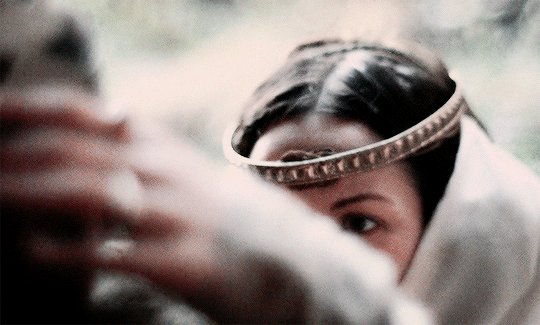

ELIZABETH DE BURGH ✧ Robert the Bruce (2019)
59 notes
·
View notes
Text

Chris Pine is causing chaos right now like damn🫣
#chris pine#Christopher whitelaw pine#Christopher pine#Chris pine photoshoot#nicholas devereaux#james t kirk#steve trevor#robert the bruce
34 notes
·
View notes
Text

(BL Egerton MS 2781; The "Neville of Hornby Hours"; 14th c. f.76v)
Today (Nov. 30th) is Andermas, the feast day of Saint Andrew: apostle, martyr, and patron saint of Scotland (amongst many other patronages). Traditionally, Saint Andrew's Day marks the beginning of Advent (starting the Sunday closest to November 30th) in both the Eastern and Western Christian liturgical calendar.
Saint Andrew has been the patron saint of Scotland for some 700 years, beginning in 1320 with the Declaration of Arbroath addressed to Pope John XXII. Written and sealed by fifty-one Scottish barons and magnates in the reign of King Robert I - popularly known as 'the Bruce' - (r.1306-1329) the Declaration was part of a broader diplomatic effort to assert Scotland's position as an independent kingdom during the First War of Scottish Independence (1296-1328) in spite of the Pope's recognising of King Edward I of England's claim to overlordship of Scotland in 1305 and his excommunication of Robert from the Church in 1306.
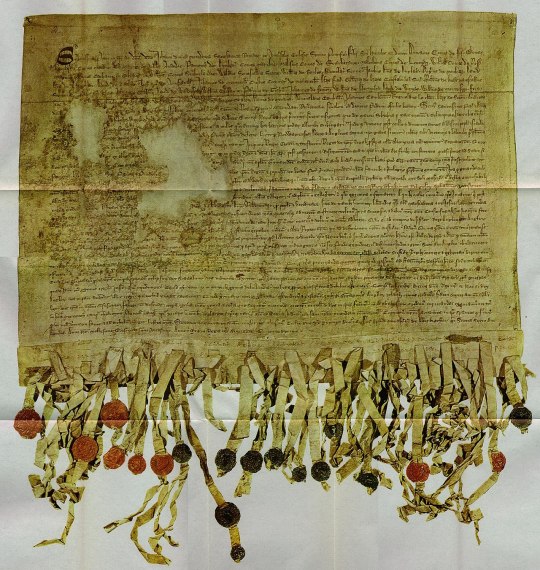
(National Records of Scotland; The Declaration of Arbroath [Online], URL: https://www.nrscotland.gov.uk/Declaration)
Elsewhere in the United Kingdom, such as in Bedfordshire, Buckinghamshire, Hertfordshire and Northamptonshire, 'Tandrew' or 'Tandry' - as St. Andrew's Day was colloquially known - was traditionally once a major festival in many rural villages. Thomas Sternberg, describing popular customs in mid-19th-century Northamptonshire writes that "the day is one of unbridled license [...] drinking and feasting prevail to a notorious extent. Towards evening the villagers walk about and masquerade, the women wearing men's dress and the men wearing female attire, visiting one another's cottages and drinking hot elderberry wine, the chief beverage of the season." (Sternberg, 1851: pp.183-85).
--
As the nights grow longer, Christmas steadily begins to come into our view, be sure to think upon this old folk-rhyme on this chilly night.

(Northfall, G.F. (1892), "English Folk Rhymes: A collection of traditional verses relating to places and persons, customs, superstitions, etc.", (London: Kegan Paul, Trench, Trübner & Co. Ltd.), p.455)
#middle ages#14th century#scotland#saint andrew#illuminated manuscript#manuscript#robert the bruce#paleography
8 notes
·
View notes
Text
An early morning walk around the historic Dumfries town centre in the south of Scotland - what a lovely and underrated place to visit! We weren't there for very long but are looking forward to going back during the summer - lovely walk along the river! 😀 Hope you enjoy!
youtube
#walking tour#youtube#scotland#visitscotland#edinburgh#landscape#tourism#outdoors#town centre#nature#dumfriesandgalloway#dumfries#greatbritain#galloway#visitdumfries#visitgb#scottishborders#scottish history#robert the bruce#robert burns#tourist#tour#travel#travel recommendations#travel video#explore dumfries#explore scotland#scottish tourism#queen of the south#doonhamers
2 notes
·
View notes
Text
Photography Of The Day - Dunfermline Abbey
A wee spot I have always loved…
Dunfermline Abbey – Photo by Raffaello Palandri

View On WordPress
#Black & White#black and white#black and white photography#Dunfermline#Dunfermline Abbey#Fife#living abroad#photo#photography#Photography of the day#POTD#Raffaello Palandri#Raffaello Palandri photography#Robert The Bruce#Scotland#travel
21 notes
·
View notes
Note
I sent the first ask as anon because I was shy 😝 but I'd like to ask 9 too (if you feel like it ofc :) ).
Yes of course! Thank you so much @sweet61 you are in fact so sweet!
9. Favourite historical film?
This is a tough one since there’re so many that I love haha. I think I’ll have to pick two if that’s okay!
First up, Hacksaw Ridge. It was very well made and I loved that it differed from most WWII movies in two aspects. One, it is set in the Pacific theatre where most are in the European. Second, the fact that it was about Desmond Doss. It’s not too often you see medics being the protagonist in a war movie. Usually they’re about some great strategist or a sniper who had the most kills. But Hacksaw Ridge was instead about a guy who saved dozens of lives, even attempting to save the lives of enemies. As a conscientious objector Doss shouldn’t even have survived on the battlefield, especially a place like Okinawa. But he did and because of him so many others did too. He’s exactly the kind of person who deserves a movie made about them.
My second choice is also a recent movie, Outlaw King. I really enjoyed it. The story of Robert the Bruce is quite interesting and they put wayyy more effort into the costumes than BraveHeart did (by which I mean they weren’t wearing kilts because they hadn’t been invented yet). Though I also might be a bit biased on this one since my Clan sided with Robert the Bruce haha.
Thanks again for the ask! I love talking about history.
19 notes
·
View notes
Text

Such a violent story, made all the beautiful by its romantic roots.
Braveheart is a 1995 American epic historical drama film directed by, produced by, and starring Mel Gibson, with Sophie Marceau, Patrick McGoohan and Catherine McCormack.
#braveheart#mel gibson#william wallace#sophie marceau#patrick mcgoohan#catherine mccormack#epic#historical#drama#james horner#robert the bruce#isabella of france#movie review#1995#must watch
2 notes
·
View notes
Text

#medieval#combat#duel#art#history#knights#robert the bruce#henry de bohun#scotland#england#middle ages#europe#european#chivalry#battle of bannockburn#scottish#english#britain#knight#cavalry
141 notes
·
View notes
Text




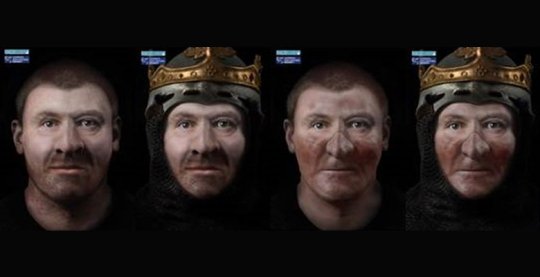
On 17th February 1818 the grave of Robert Bruce was uncovered at Dunfermline Abbey.
The body of King Robert was disturbed by workmen clearing the rubble of the collapsed Abbey tower in 1818. It was still wrapped in the winding sheet of gold cloth in which it had been buried in 1329. Following exhumation the body remained unburied for 22 months. During this time a mould was made of the king’s skull and several casts were made.
King Robert I of Scotland – Robert the Bruce as most of us know him – is undoubtedly one of Scotland’s most celebrated monarchs. Much of what we know about his life and reign comes to us through written sources, but archaeology has also furnished us with several artefacts that offer a tangible link with Scotland’s hero-king.
Perhaps the most dramatic archaeological discovery associated with Bruce was the unexpected unearthing of a body believed to be Bruce’s during building work at Dunfermline Abbey in 1818.
As early as 1314, Bruce had expressed a desire to be buried at Dunfermline with ‘our royal predecessors’, as he put it. Seven previous Scottish monarchs had been buried at the abbey, including St Margaret, whose shrine attracted pilgrims from across Europe.
To that end, Bruce paid for an ornate tomb to be made for himself and his queen, made from white marble shipped from Italy with a slab of black Frosterley marble from northern England beneath it. Sadly, the tomb was smashed during the Scottish Reformation, but several fragments of the expensive Italian marble have survived – some of which are now on display at the National Museum of Scotland in Edinburgh.
In 2017, specialists digitally recreated Bruce’s tomb and you can read all about it in case study on the ScARF website here https://scarf.scot/thematic/future-thinking-on-carved-stones-in-scotland/future-thinking-on-carved-stones-in-scotland-case-studies/case-study-the-tomb-of-robert-the-bruce/
While it is not entirely clear whether the body found in 1818 was Bruce’s, but the sheet of gold cloth is the clincher for me. I don’t know how much of it remains, but the second pic shows a remnant on display at the National Museum. The body was examined by Alexander Munro, Professor of Anatomy at the University of Edinburgh, and briefly displayed to the public before being reinterred in 1819.
The cast of the skull, as seen in the first pic, has been the basis of several facial reconstructions of the king, with the most recent being undertaken in 2016 using the cast belonging to The Hunterian in Glasgow, as seen in the last pic.
Following his death in June 1329, Bruce’s body was buried at Dunfermline but his heart was removed and – after a brief but eventful trip to Spain – was buried at Melrose Abbey in the Scottish Borders.
While this practice was often frowned upon by the Church (Bruce had to get permission from the Pope before doing it), it appealed to Bruce because it would mean that prayers and masses would be said for his soul by the religious communities of both Melrose and Dunfermline, which would decrease the time he would have to spend in Purgatory for all of the sins he had committed during his lifetime, which would have been considerable, given his fearful reputation.....HOWEVER! For those of you who are religious out there, at least to the Roman Catholic “flavour” King Robert is now definitely in his Heaven as Pope Francis has abolished the places where souls were supposed to go after death
Pics three and four are how the originally tomb would have looked, and how it is today.
31 notes
·
View notes
Text
Journey to century 13th: the family castle in Closeburn
The Castle
On my quest to discover more about my family’s origins I am on a journey to Scotland. I had to go see it for myself: Closeburn Castle. Located 1.3 miles southeast of Closeburn, the castle is one of the oldest continually inhabited houses in Scotland. This ancient yet entirely intact structure is located in an area of that same name. Nearby is the village of Kirkpatrick-Fleming and the…
View On WordPress
#Closeburn Castle#Colquhoun#Kirkpatrick Clan#Maria Eugenia Palafox Portocarreño y Kirkpatrick#Robert the Bruce#Roger de Kirkpatrick
2 notes
·
View notes
Text
Bracket 1 / Round 1 / Match 3

3 notes
·
View notes